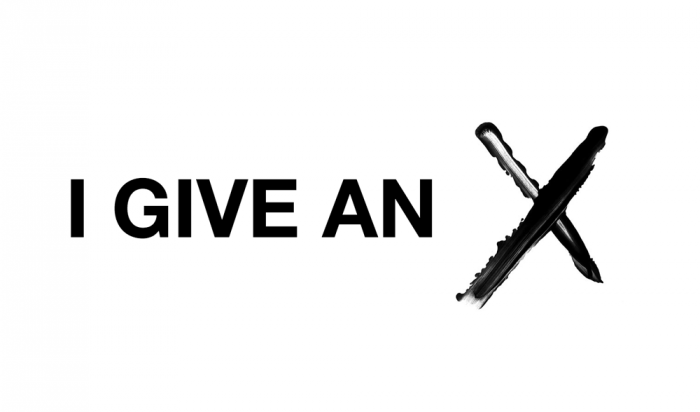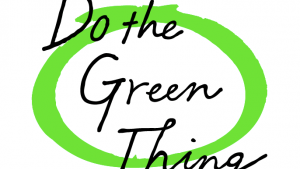From the Series

In his role heading up communications and advertising at Pentagram, Naresh Ramchandani has made his mark with viral campaigns like the “I Give an X” social media drive that encouraged despondent UK youths to vote, or witty visual vignettes like the Gamechanger rap-video that slated corporate jargon.
As you would imagine, Ramchandani works with words every day. His instinct for manipulating, selecting and arranging them is the reason why he is so good at nailing those one-liners, commercial scripts, or anything that requires writing. With years of experience in communication design, we are anticipating his talk at the Design Indaba Conference 2016.
Here, we ask him a couple of questions about his thoughts on upcoming projects, his deep dislike of jargon, and the power of words.
What are you currently working on?
A film for a confidential client (sorry) in London, a campaign for a confidential client (sorry) in New York, my first album (sorry), a web series about an unknown poet, a relaunch of environmental charity “Do The Green Thing” that I help to run, but mainly my talk for Design Indaba.
What do you believe to be behind the success of your “I Give an X” campaign?
The fact that it was a campaign about inspiring young people to vote without a party political agenda, the fact that it was a born social idea that was easy for people to take part in, the fact that we wrote, designed and produced it as well as we could have with Marina Willer and her brilliant design team, and a bit of luck I guess.
Emoticons could be described as abbreviated/condensed forms of design. Do you feel as strongly about them as you do about jargon, and if yes, why?
Although I’m not an emoticon user, I really like them. I think they’re quick, clever, funny and a great substitute for text speak which is not quick enough for my fat thumbs, and rarely clever or funny.
They are also genuinely international, which is why we used them in our Earthmojis placards as a way to create global protest messages for a global cause. Jargon however, is like excrement floating down the cool fresh river of beautiful language. Flush it quickly, flush it now.
Do you think words and jargon are very specific to cultures and places?
I think you’re right. For example, office jargon is mostly a set of phrases about journeying heroically or capturing spoils or both. With buzzwords like, ‘wood for the trees,’ ‘deep diving’ ‘talk turney’ and ‘steak and sizzle,’ office jargon falls somewhere between Christopher Columbus and Fred Flintstone and betrays just how chronically alpha male and testosterone-fuelled corporate culture is. I think the words reveal the beast.
Do you believe writing to be a form of design?
It definitely has some parallels with design, which is probably why I am tolerated at Pentagram. For me, being a writer is being a chooser and arranger of words for commercial and sometimes social purposes. You could jargonise or glamourise this process by saying that it is designing with words, but personally I wouldn’t. I think it’s a bit inaccurate for both design and writing.
As a language aficionado and communications expert, are you aware of the way words have the power to influence the decisions we make in everyday life?
I wouldn’t describe myself as an expert – I choose words and hope they stick. But I am aware of the power of words.
A perfect piece of writing can kick you in the guts or make your heart swoon or twist your thinking inside out.
It can happen in long form – books, plays, films, speeches – but it can also happen in short form. Even single words can do it. That’s why I’m going to talk about eight of my favourite words at Indaba. I want to investigate what they mean and how they work so powerfully.
Naresh Ramchandani will be speaking at Design Indaba Conference 2016. Book now.








